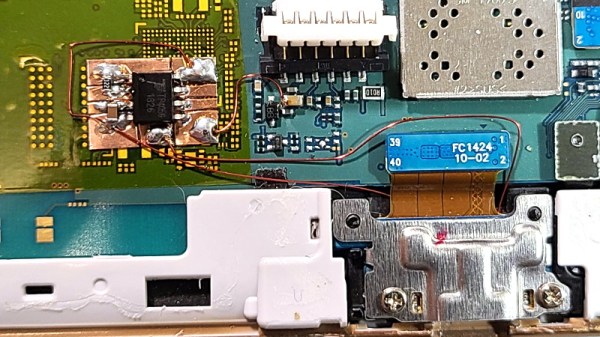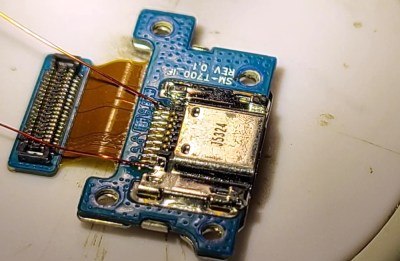If you like it when a hack has a little backstory, then you’re going to love this cyberdeck build log, the first half of which reads like a [Tom Clancy] novel. And the build itself looks the part, like something that fell off a military helicopter as the Special Forces operators were fast-roping into a hot LZ. Or something like that.
The yarn that [Paul Hoets] spins around his cyberdeck, dubbed RATIS for Remote Assault and Tactical Intelligence System, is pretty good reading and pretty imaginative. The cyberdeck itself looks very much the part, built into a Pelican-style air travel case as such things usually are. Based on a Raspberry Pi 4, the lid of the case serves as a housing for keyboard and controls, while the body houses the computer, an LCD display, and an unusual peripheral: a Geiger counter, which is very much in keeping with the device’s “mission profile”. The handheld pancake probe and stout coiled cord with its MILSPEC connectors really sell the look, too.
Imaginative backstory aside, the construction method here is what really shines. Lacking access to a 3D-printer to produce the necessary greebling, [Paul] instead used a laser cutter to make acrylic panels with cutouts. The contrast between the black panels and the yellow backgrounds makes it all look official, and it’s a technique to keep in mind for builds of a more serious nature, too.
Feel free to look through our fine collection of cyberdeck builds. Some have a fanciful backstory like [Paul]’s, others are intended for more practical purposes. Build whatever you want, just make sure to tip us off when you’re done.


















